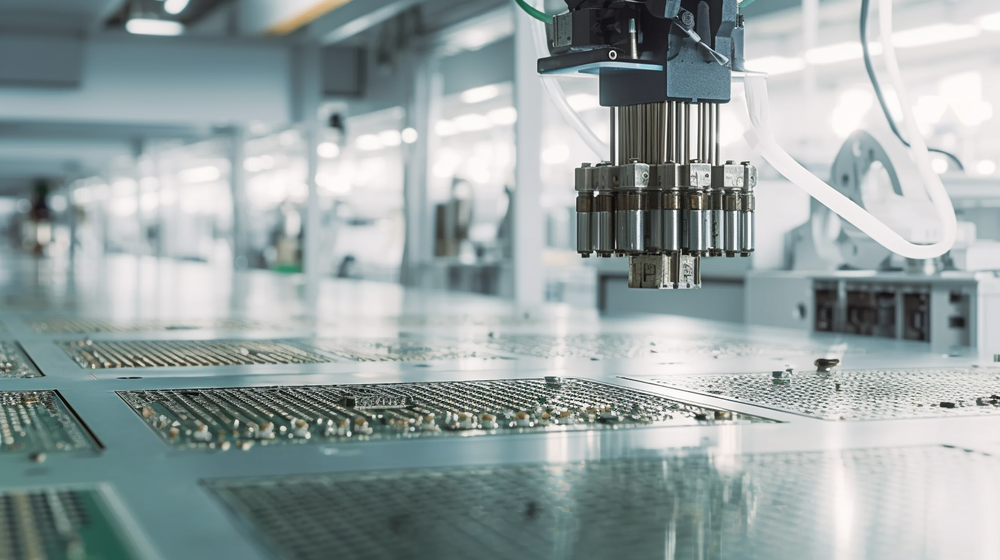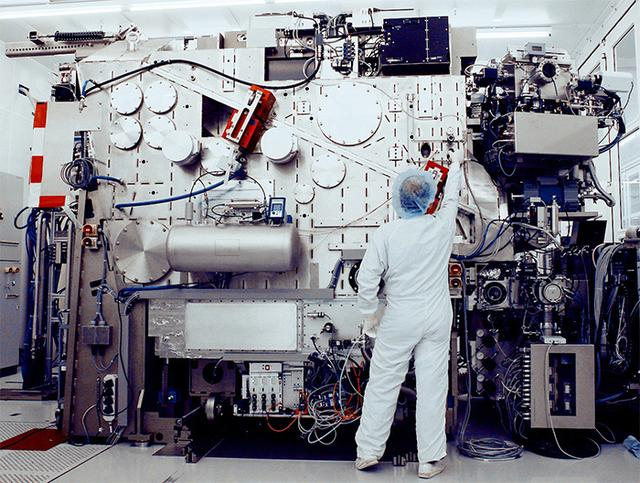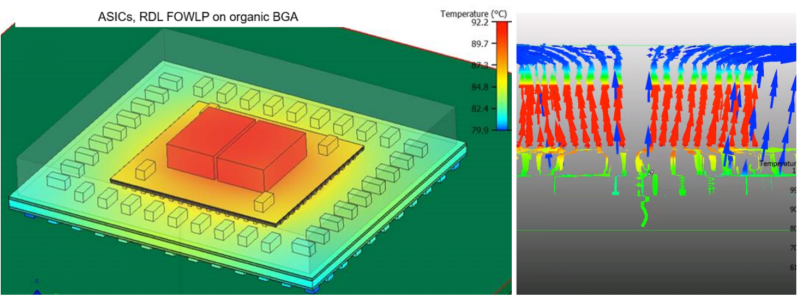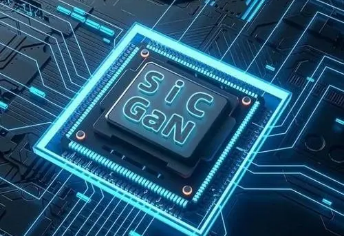Processing of ceramic silicon carbide - Processes, applications and types
Precision machined sintered silicon carbide components processed by Singapore Fountyl Technologies PTE Ltd., In all applications that require high-precision engineering components, it is important to recognize the difficulties of processing silicon carbide. Despite its high hardness value, it is still a relatively brittle material that can only be processed using diamond grinding techniques. therefore, machining operations by skilled and experienced operators are beneficial, as incorrect procedures can create subsurface damage and micro-cracks that can lead to premature failure once the component is subjected to working stress in use.
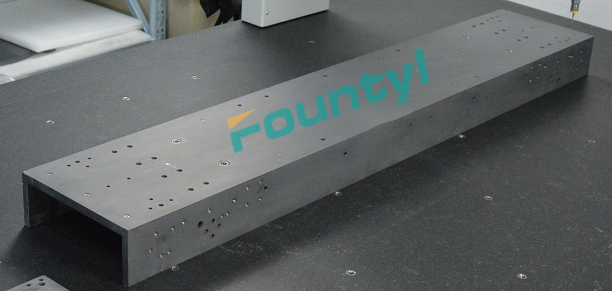
Synthetic silicon carbide:
Usually, silicon carbide is produced using the Acheson process, which involves heating silica sand and carbon to high temperatures in an Acheson graphite resistance furnace. It can form fine powder or bonded clumps and must be crushed and ground before it can be used as a powder raw material. Once the silicon carbide is in powder form, the grains of the compound can be bonded together by sintering to form a very useful engineering ceramic that has a wide range of uses in many manufacturing industries.
Types of silicon carbide:
Silicon carbide products for commercial engineering applications are produced in three forms. These are:
Sintered Silicon Carbide (SSC)
Nitride bonded silicon carbide (NBSC) and
Reactive bonded silicon Carbide (RBSC)
Other variants of the compound include clay-bonded silicon carbide and SiAlon-bonded silicon carbide. There is also a chemical vapor deposited silicon carbide called CVD silicon carbide, which is an extremely pure form of the compound.
In order to sinter silicon carbide, it is necessary to add a sintering agent, which helps to form a liquid phase at the sintering temperature, thereby binding the silicon carbide grains together.
Main applications of silicon carbide:
Silicon carbide has many uses in different industries. Its physical hardness makes it ideal for abrasive processing of grinding, honing, sandblasting and waterjet cutting.
Silicon carbide can withstand very high temperatures without breaking or deforming and is used to make ceramic brake discs for sports cars. It is also used in bulletproof vests as an armouring material and a sealing ring material for pump shaft seals, where it often operates at high speeds when in contact with similar silicon carbide seals. One of the main advantages of these applications is the high thermal conductivity of silicon carbide, which is able to dissipate frictional heat generated by the friction interface.
The high surface hardness of the material allows it to be used in many engineering applications that require a high degree of sliding, erosion, and corrosive wear. Usually this can be used for components used in pumps, or for example valves in oilfield applications, where traditional metal components can show excessive wear rates, leading to rapid failure.
The compound has unique electrical properties as a semiconductor, making it ideal for manufacturing ultra-fast and high-voltage light-emitting diodes, MOSFETs, and thyristors for high-power switches.
The material has a low coefficient of thermal expansion, hardness, rigidity and thermal conductivity, making it an ideal mirror material for astronomical telescopes. Silicon carbide fibers, called filaments, are used to measure gas temperature using an optical technique called filament pyrometry.
It is also used for heating elements that need to be adapted to extremely high temperatures. It is even used in nuclear power to provide structural support for high-temperature gas-cooled reactors.




